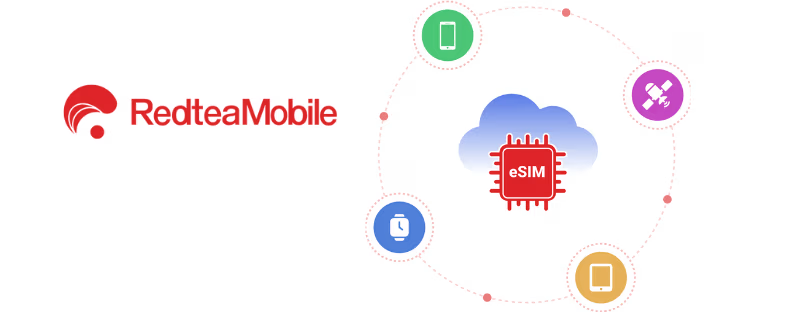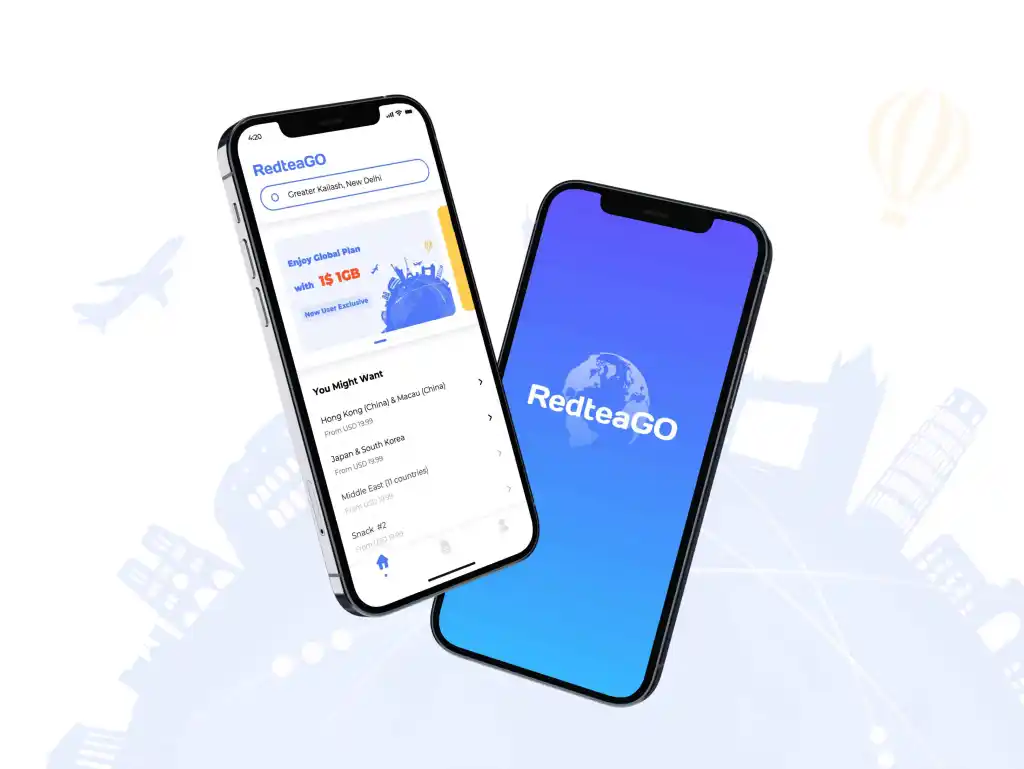
Redtea Mobile’s Entitlement Server: Enabling Seamless eSIM and 5G Activations
In today’s telecom landscape, service entitlement servers (ES) have become a cornerstone for enabling seamless device activations and advanced network services. Global players such as Thales, IDEMIA, Truphone, Redtea Mobile, and others have been developing entitlement solutions to help operators support eSIM, VoLTE, VoWiFi, 5G, and companion device ecosystems.
What sets Redtea Mobile apart is its in-house–developed, OEM-compliant Entitlement Server, designed with operators’ needs at the forefront. This solution integrates with existing network systems to provide zero-touch provisioning, flexible deployment options, and reliable scalability. By reducing operational complexity while unlocking new monetization opportunities, Redtea’s ES represents a strategic enabler for operators navigating the fast-evolving connectivity market.
Core Features That Empower Operators
Redtea Mobile’s ES includes a compelling suite of capabilities tailored for modern connectivity:
- Zero-touch, one-tap activations: Supports devices ranging from eSIMs to wearables and tablets, streamlining user experience
- Companion device pairing: Seamlessly connects wearables and multi-device setups across leading OEMs
- eSIM transfer workflows: Ensures hassle-free migrations between physical SIM and eSIM, or between two eSIMs
- Service entitlements: Activates advanced features including VoLTE, VoWiFi, 5G, RCS, and even satellite connectivity
- Flexible deployment options: Operates as SaaS or on-premise, fully compliant with GSMA TS.43 and Apple’s ES standards
By orchestrating real-time eligibility checks, device validation, and network readiness, the ES ensures smoother activation processes and significantly reduces the risk of failed setups or support calls.
Strategic Benefits: OPEX, ARPU, and Beyond
Streamlining Operations: Automating entitlement flows and integration with core systems like BSS, AAA, and SMDP+ drives down operational costs and complexity
redteamobile.com
Unlocking New Revenue Streams: With capabilities like multi-SIM plans (“OneNumber”), bundled premium services, and tiered entitlements, operators can explore fresh monetization models
Scalability & Resilience: Redtea Mobile’s ES scales to support over 50 million devices and can handle deployments up to 400 million terminals. High system reliability (up to 99.999%) and geo-redundancy empower operators to meet both demand and uptime expectations
Security & Compliance: Compatible with GSMA’s TS.43 and certified under GSMA’s SAS-SM for cloud and IoT (eIM), the ES delivers robust security whether on-premises or in the cloud
Integration as Your Digital Gateway
Modernizing Legacy Infrastructure: Redtea Mobile offers advisors and consultants to help operators adapt by deploying ES via SaaS, containerized public cloud, or private on-premise environments—keeping core systems intact while embedding modern capabilities
Future-Ready Telecom Stack: An ES serves as a powerful strategic control point, enabling rollouts of 5G Standalone, RCS, satellite services, eSIM transfers, and slicing across emerging device categories like wearables and tablets—all in one unified workflow
Build Consumer Confidence Through Frictionless UX
Legacy activation methods—like QR code scanning or contacting support to activate VoWiFi—are ripe for disruption. Redtea’s ES solves this by marrying device-native activation flows with dynamic configuration delivery, enabling frictionless, zero-touch provisioning that boosts user satisfaction and lowers support overhead.
Leveraging OEM dialogs and branded activation flows from Apple, Samsung, Google, etc., ES ensures both consistency and familiarity—elevating the Net Promoter Score (NPS) and the overall brand experience
Real-World Validation
A Tier-1 MNO praised Redtea’s ES for simplifying eSIM transfers, One-Number setups, and activation processes. They highlighted its scalability and flexibility, strongly recommending Redtea’s in-house ES for operators aiming to excel in the eSIM era.
Conclusion: Future-Proofing Entitlement in a Rapidly Growing eSIM Era
Redtea Mobile’s in-house Entitlement Server (ES) stands out as a strong, operator-focused solution amid a competitive field that includes incumbents like Thales, G+D, IDEMIA, Truphone, and newer orchestration players like Moflix and Lotusflare. What distinguishes Redtea is its vertical integration—from OEM-compliant entitlement logic to GSMA TS.43 support and deployment flexibility—that frees operators from relying on fragmented vendor stacks.
Yet the market is shifting swiftly. Recent analyses underscore that entitlement orchestration is no longer optional—it’s becoming the connective tissue enabling seamless eSIM provisioning and multi-device activation. Counterpoint and industry voices note that a polished ES reduces failed activations and sharpens subscriber experiences—critical in today’s experience-driven telco environment.
Meanwhile, the growth trajectory of the eSIM ecosystem further solidifies the strategic value of a capable ES. CCS Insight projects travel-oriented eSIM usage to balloon from 70 million in 2024 to 280 million by 2030. GSMA estimates that eSIM smartphone connections could double between 2025 and 2026 and rise to represent 55% of total smartphone connections by 2030. Mordor Intelligence supports this momentum, forecasting embedded SIM market expansion from USD 11.29 billion in 2025 to USD 21.91 billion by 2030—driven by smartphones, wearables, IoT, and automotive sectors.
In this accelerating environment, vendors capable of delivering smooth, secure entitlement orchestration become indispensable. Redtea’s combination of device-native activation flows, certified security alignment (TS.43, SAS-SM–aligned), and flexible deployment gives operators a credible alternative to legacy heavyweight vendors—especially useful for those aiming to modernize quickly without losing control of their service stack.
Redtea Mobile’s ES is thus well-positioned: it’s not merely a tactical tool for cleaner activations—it’s a strategic pivot point. As VAS-rich offerings (like companion devices, eSIM transfer, and satellite-enabled IoT) proliferate, the latency, security, and orchestration capabilities of ES will directly influence how operators monetize digital connectivity in an increasingly eSIM-first world.











